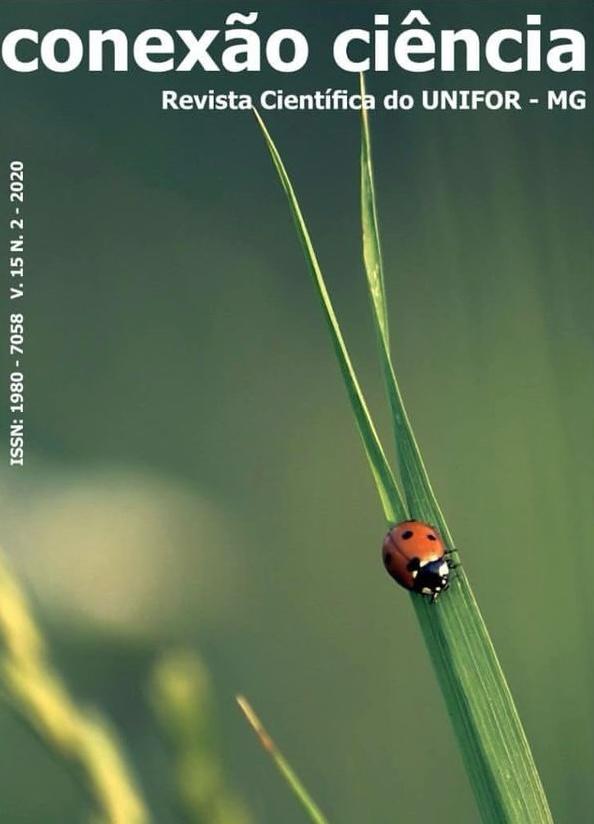Triterpenos e atividade carrapaticida da espécie Lecythis usitata (Lecythidaceae)
DOI:
https://doi.org/10.24862/cco.v15i2.1291Abstract
Introduction: Resistance of Rhipicephalus microplus (Cattle tick) to synthetic acaricide has given rise to the need of new scientific investigations on alternative ways to control it. Objectives: The objective of this work was to carry out the chemical investigation of Lecythis usitata leaves and to evaluate the acaricide effect on R. microplus larvae and females of extracts, fractions and identified substances from this species. Methodology: The leaves of L. usitata we extracted under with hexane and subsequently, with methanol. The methanol extract (PFQP) was partitioned giving an ethyl acetate fraction (PFQO) that was fractionated by chromatographic procedures yielding triterpenes. The acaricidal effect was evaluated against R. microplus using the adult immersion tests and larval packet tests. Results: The best result was observed for the PFQO that cause 97% of mortality when a 20% solution was used. At the same concentration the polar extract PFQP showed 91% of mortality. Conclusion: The biological effects varied according to the extracts and fraction concentrations. Friedelanol, as the major identified compound, and mixture, of the triterpenes α-amyrins and β- amyrins, taraxerol and lupeol were inactive, considering the tested parameters and concentrations.
Key words: Friedelanol; Rhipicephalus microplus; Sapucaia nut



